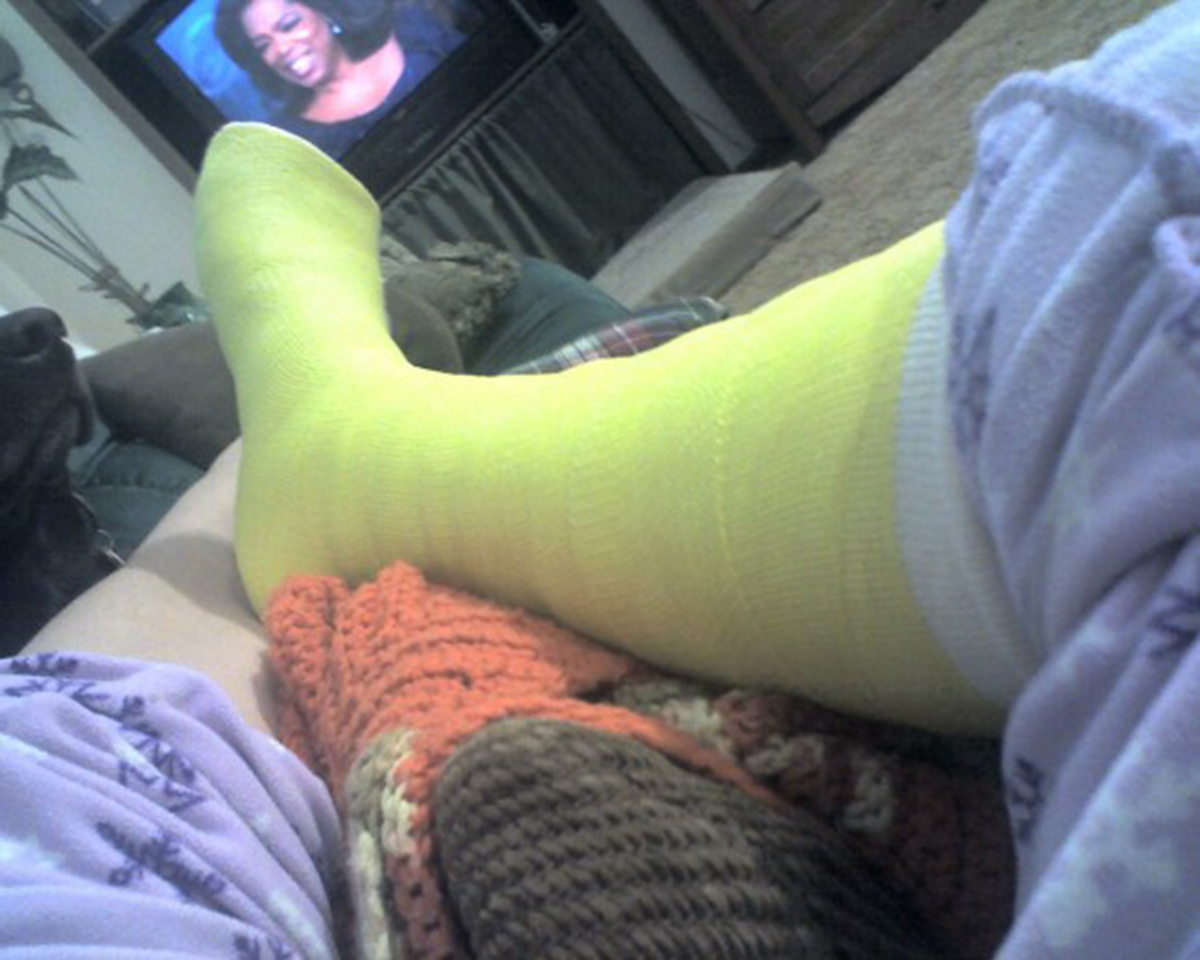Table of Contents
The signs and symptoms of osteomyelitis and septic arthritis vary depending on the location of the infection, the stage to which it has developed and the cause of the infection.

Hematogenous long-bone osteomyelitis
- Abrupt onset of high fever (fever is present in only 50% of neonates with osteomyelitis)
- Fatigue
- Irritability
- Malaise
- Restriction of movement
- Local edema, erythema and tenderness
Hematogenous vertebral osteomyelitis
- Insidious onset
- History of an acute bacterial episode
- May be associated with contiguous vascular insufficiency
- Local edema, erythema and tenderness
Chronic osteomyelitis
- Non-healing ulcer
- Sinus tract drainage
- Chronic fatigue
- Malaise
All this is usually accompanied with fever, edema, warmth, fluctuance, tenderness to palpation, reduction in the use of the extremity and sinus tract drainage. As for the histological changes, the basic processis the bone necrosis. The areas of necrotic bone are the basis for distinguishing between the acute osteomyelitis and chronic osteomyelitis. Osteomyelitis is an infective process which encompasses all of the bone components, including the bone marrow. When it is chronic it can lead to bone sclerosis and deformity.
Risk factors
Risk factors are:
- recent trauma
- diabetes
- hemodialysis
- intravenous drug abuse
- removed spleen
Diagnosis of osteomyelitis
Blood tests
An increased number of white blood cells in your blood may indicate an infection. Your doctor may also be able to identify the infecting microorganism in cultures of your blood.
X-ray
Bone scans and X-ray exams are the key to diagnosing osteomyelitis and may help the doctor identify the infected areas. For example, they may help detect fluid collections around a joint and abnormal bone surfaces. This method can be particularly useful in diagnosing septic arthritis, since they can better define soft tissue swelling and identify excess fluid in an infected joint.
Biopsy
The gold standard for diagnosing a bone or joint infection is biopsy. The doctor will usually administer a local anesthetic and remove tissue from a bone lesion or use a needle to withdraw fluids from an infected joint. Tests, including cultures performed on the samples, can confirm an infection and identify its cause.
MRI
The MRI is effective in the early detection and surgical localization of osteomyelitis. Studies have shown its superiority compared to plain radiography, CT, and radionuclide scanning in selected anatomic locations. Its sensitivity ranges from 90-100%.
CT scanning
CT scans can depict abnormal calcification, ossification, and intracortical abnormalities. It is probably most useful in the evaluation of spinal vertebral lesions. It may also be superior in areas with complex anatomy: pelvis, sternum, and calcaneus.
Ultrasonography
This simple and inexpensive technique has shown promise, particularly in children with acute osteomyelitis. Ultrasonography may demonstrate changes as early as 1-2 days after the onset of symptoms.
Abnormalities include:
- soft tissue abscess
- fluid collection
- periosteal elevation
Ultrasonography allows for ultrasound-guided aspiration. It does not allow for evaluation of bone cortex.
In order to set the accurate diagnosis 2 of the 4 following criteria are required:
- Purulent material on aspiration of affected bone
- Positive findings of bone tissue or blood culture
- Localized classic physical findings of bony tenderness, with overlying soft-tissue erythema or edema
- Positive radiological imaging study
Possible complications
Several problems could occur if osteomyelitis is left untreated. In most cases, it becomes a chronic infection or spreads to other areas of your body, eventually causing bone death. This process is called osteonecrosis. Reduced limb or joint function may follow, and in extreme cases an amputation may be required. It can even damage the spinal nerves and prove fatal. The most common complication of septic arthritis is osteoarthritis –an inflammation of bone and joint. Some patients may have a poor long-term response to joint infection treatment so it can sometimes lead to permanent movement limitation, difficulty walking or shortening of the afflicted limb.
Other possible complications include:
- Bone abscess
- Bacteremia
- Fracture
- Loosening of the prosthetic implant
- Overlying soft-tissue cellulitis
- Draining soft-tissue sinus tracts

